
Polyphase wireless power transfer system achieves 270-kilowatt charge, s...
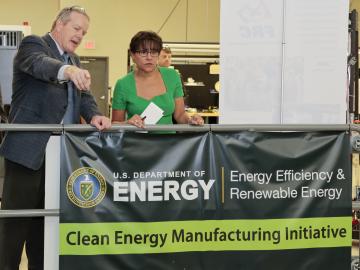
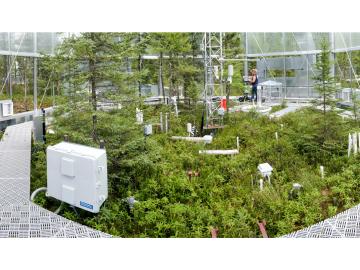
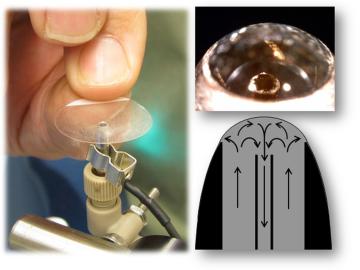
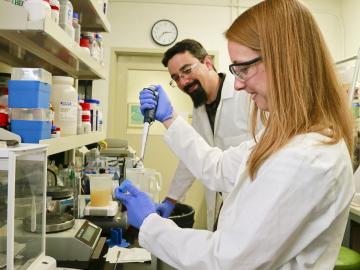

A new technology developed by the U.S. Department of Energy’s Critical Materials Institute that aids in the recycling, recovery and extraction of rare earth minerals has been licensed to U.S. Rare Earths, Inc.

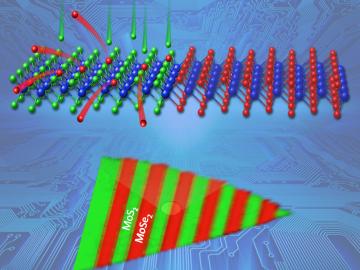
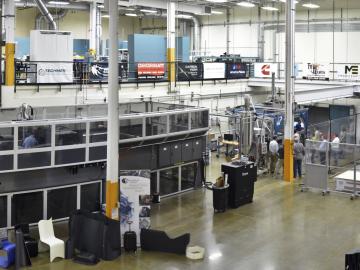
Small companies in the advanced manufacturing, transportation and building sectors have a new opportunity to partner with the Department of Energy’s Oak Ridge National Laboratory. ORNL was among five national laboratories selected to participate in a ne...


It took marine sponges millions of years to perfect their spike-like structures, but research mimicking these formations may soon alter how industrial coatings and 3-D printed objects are produced.

